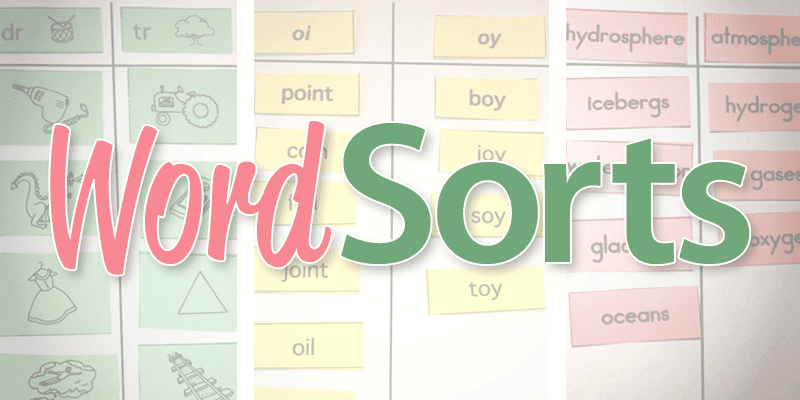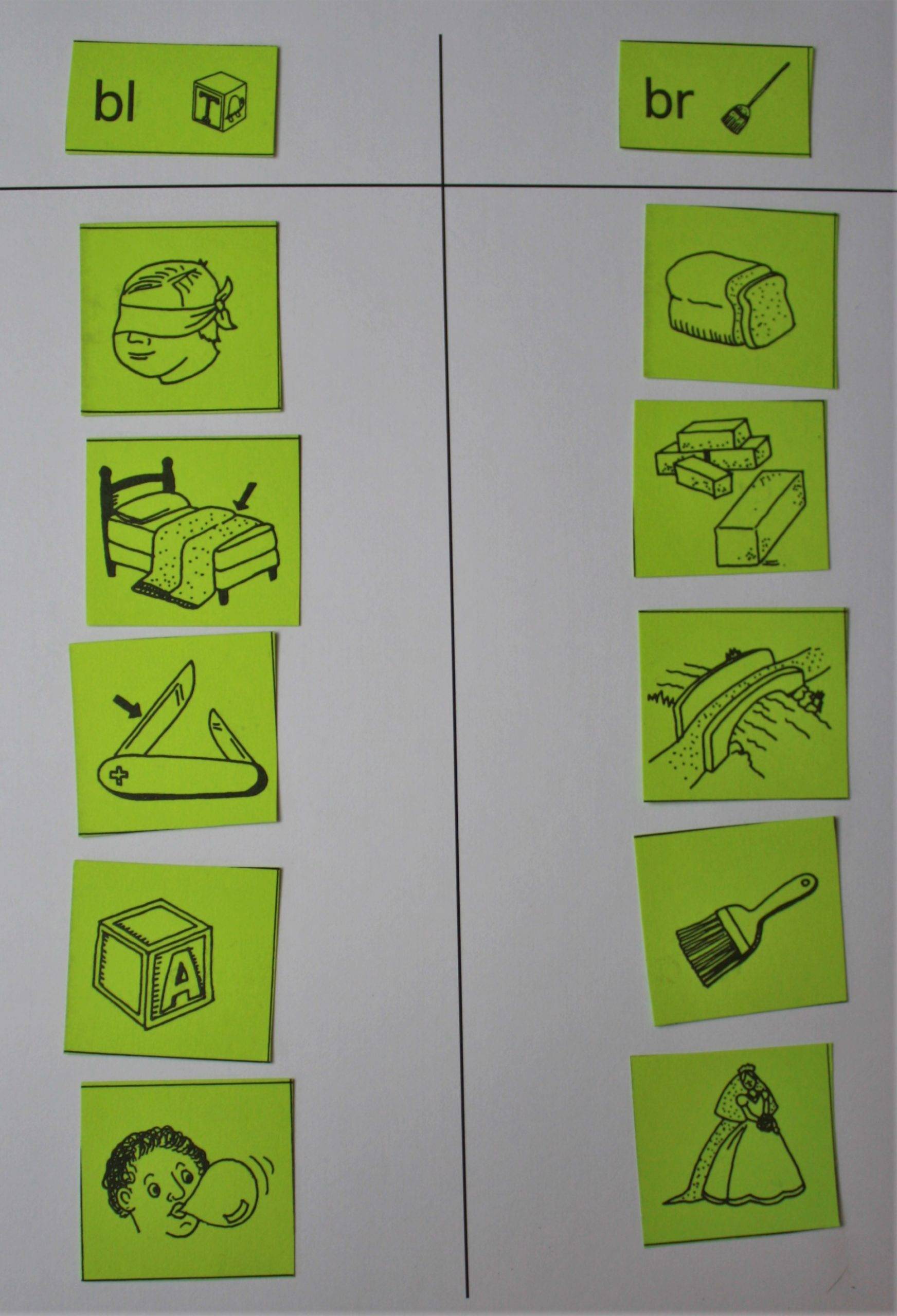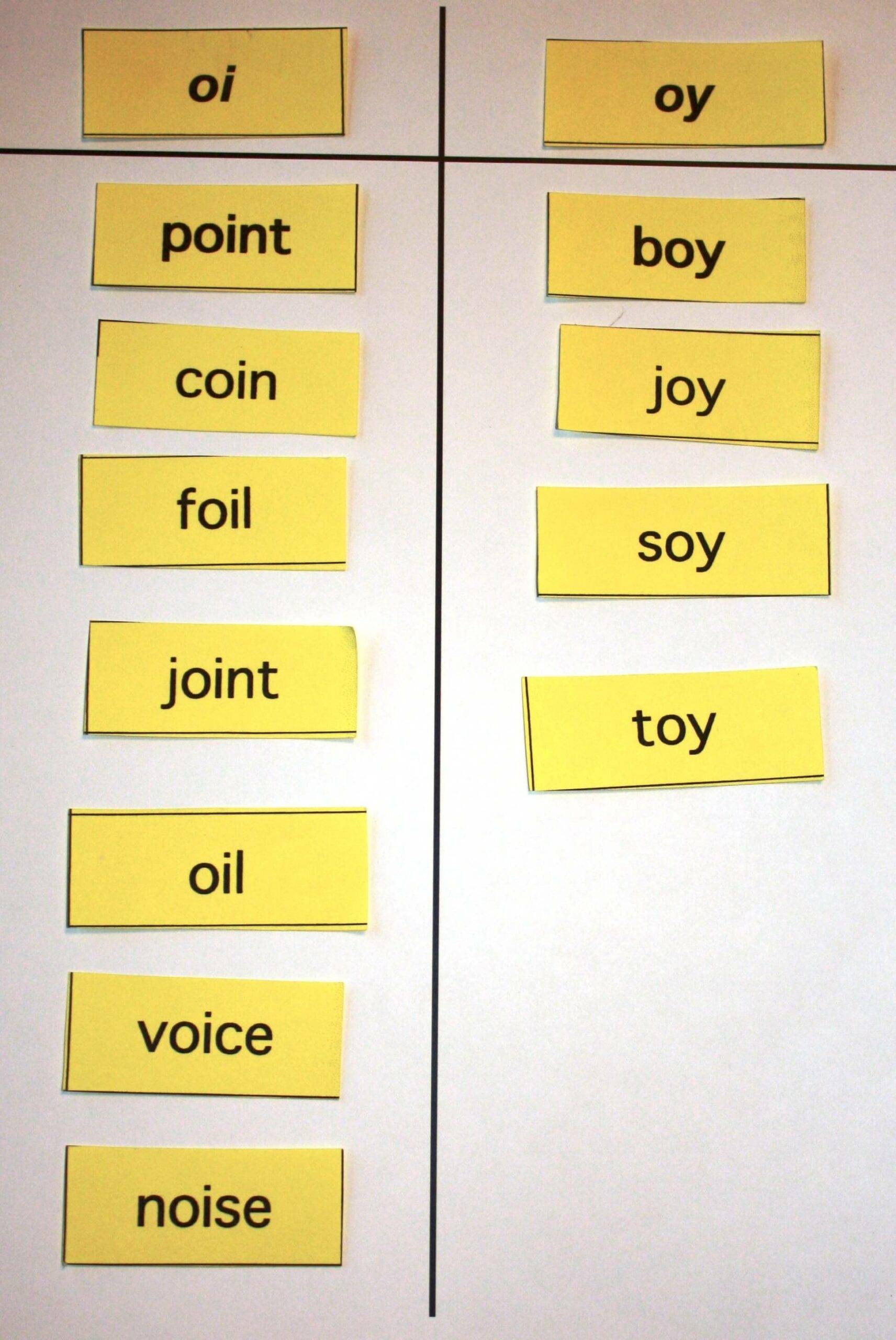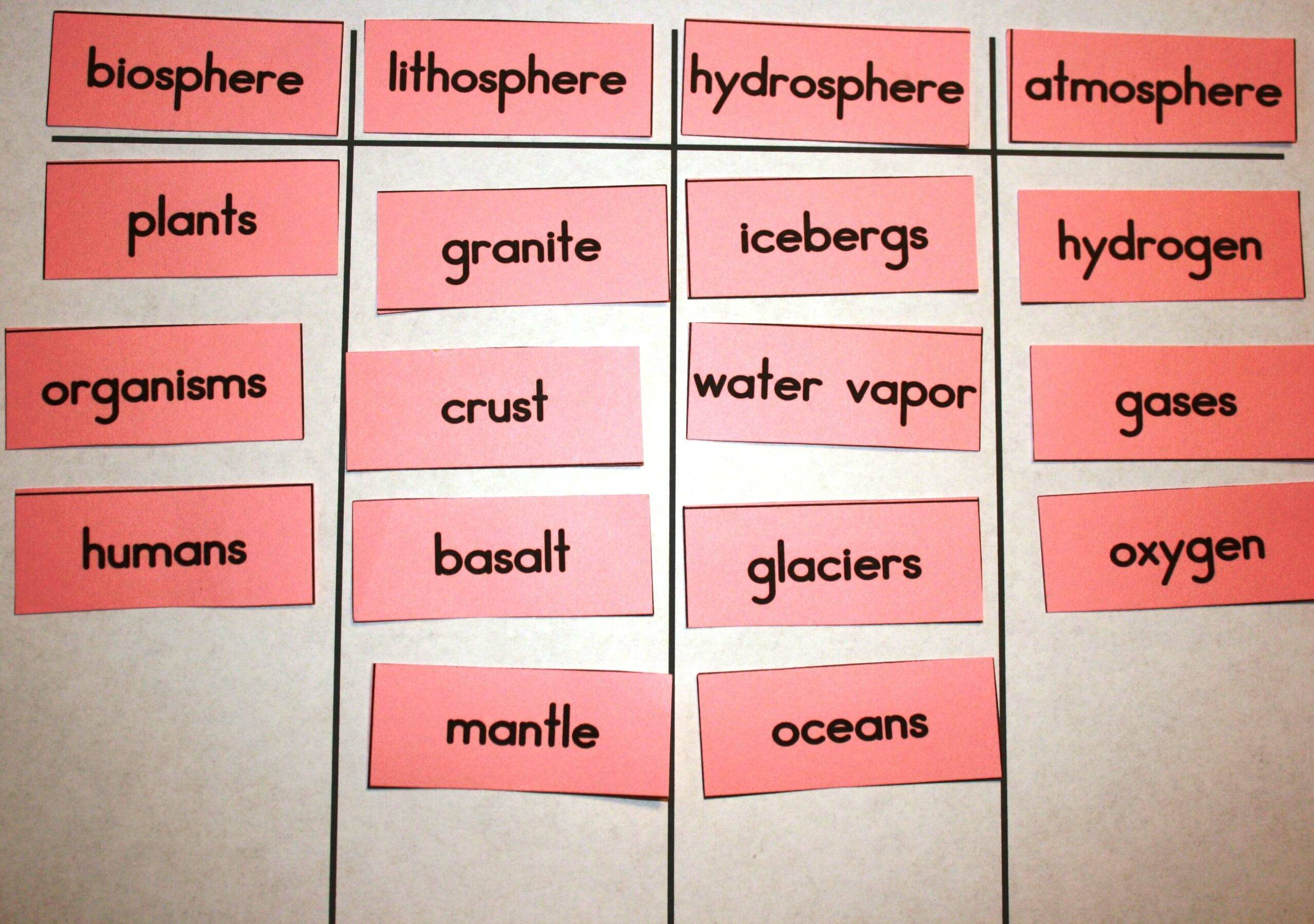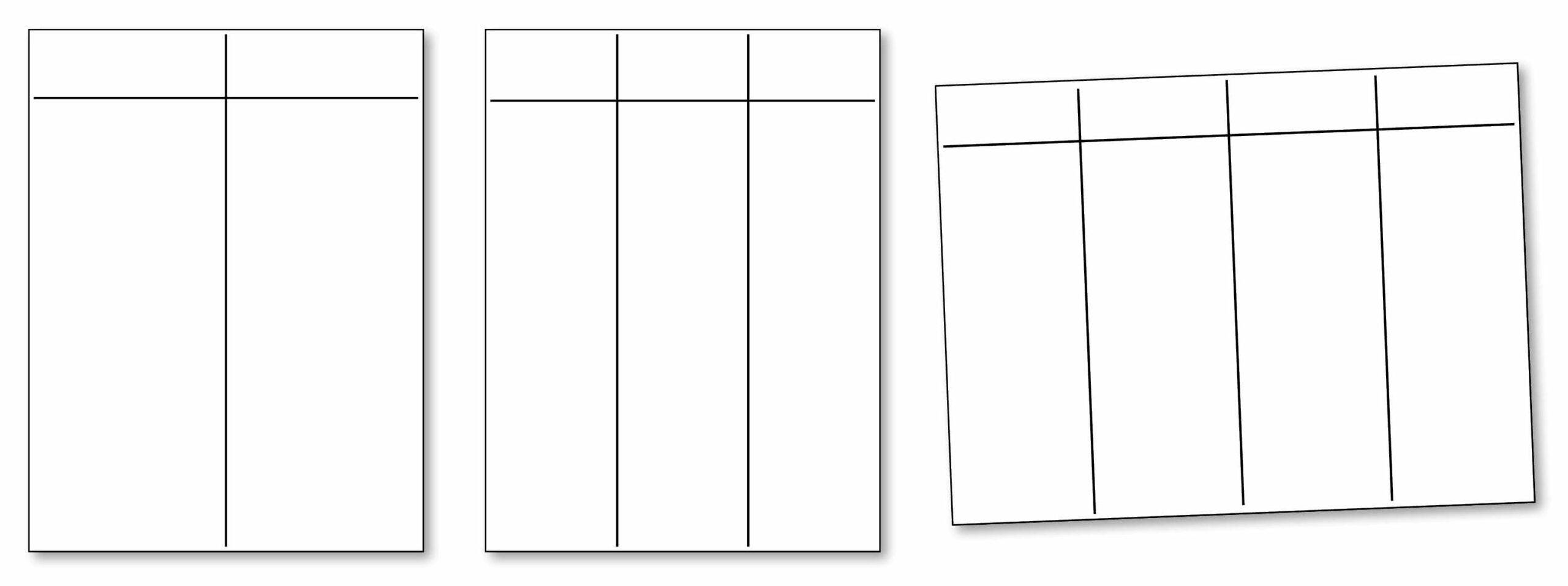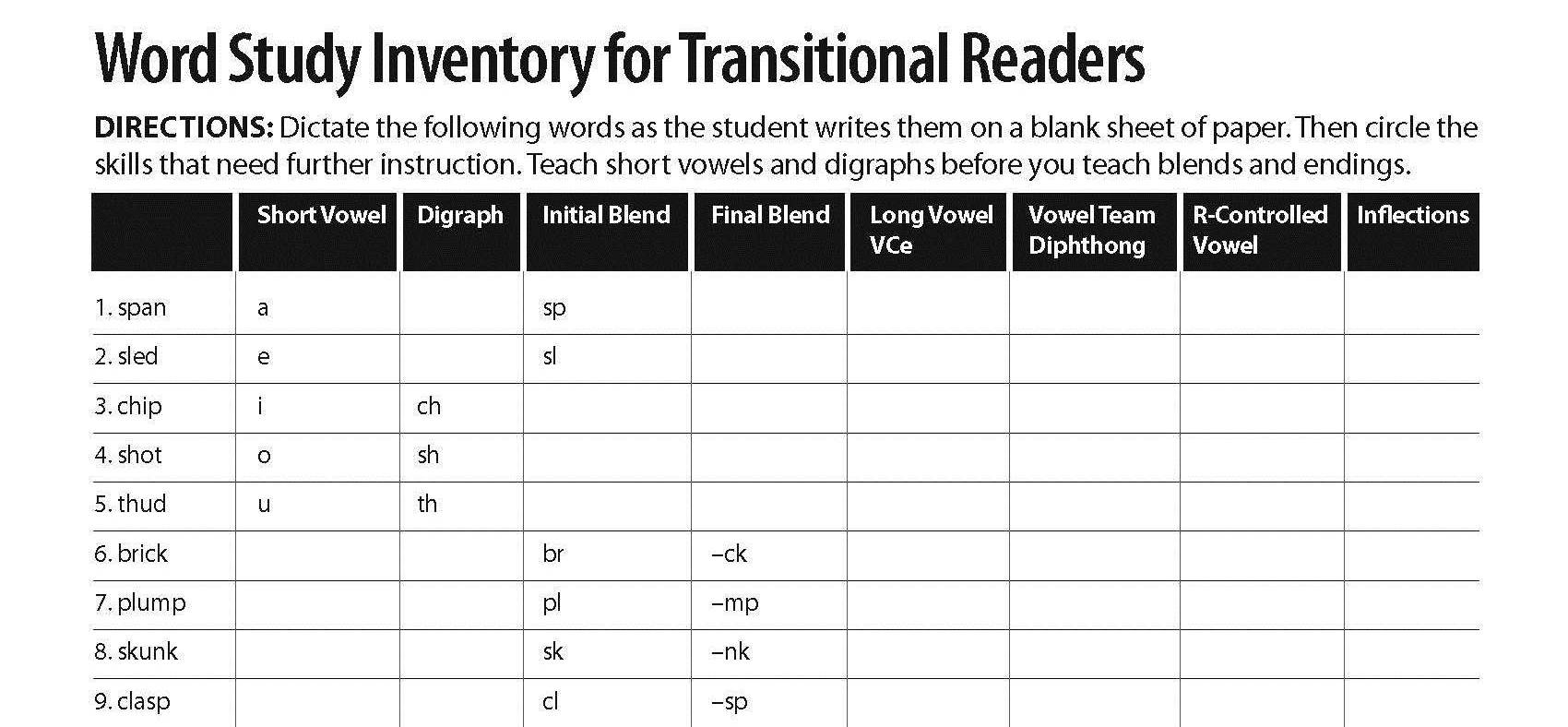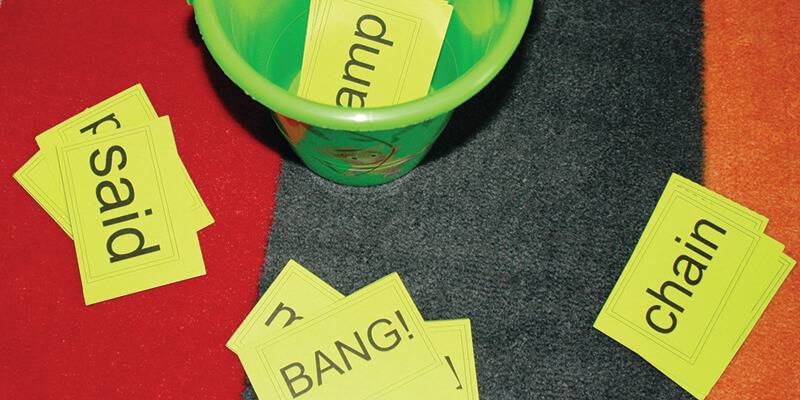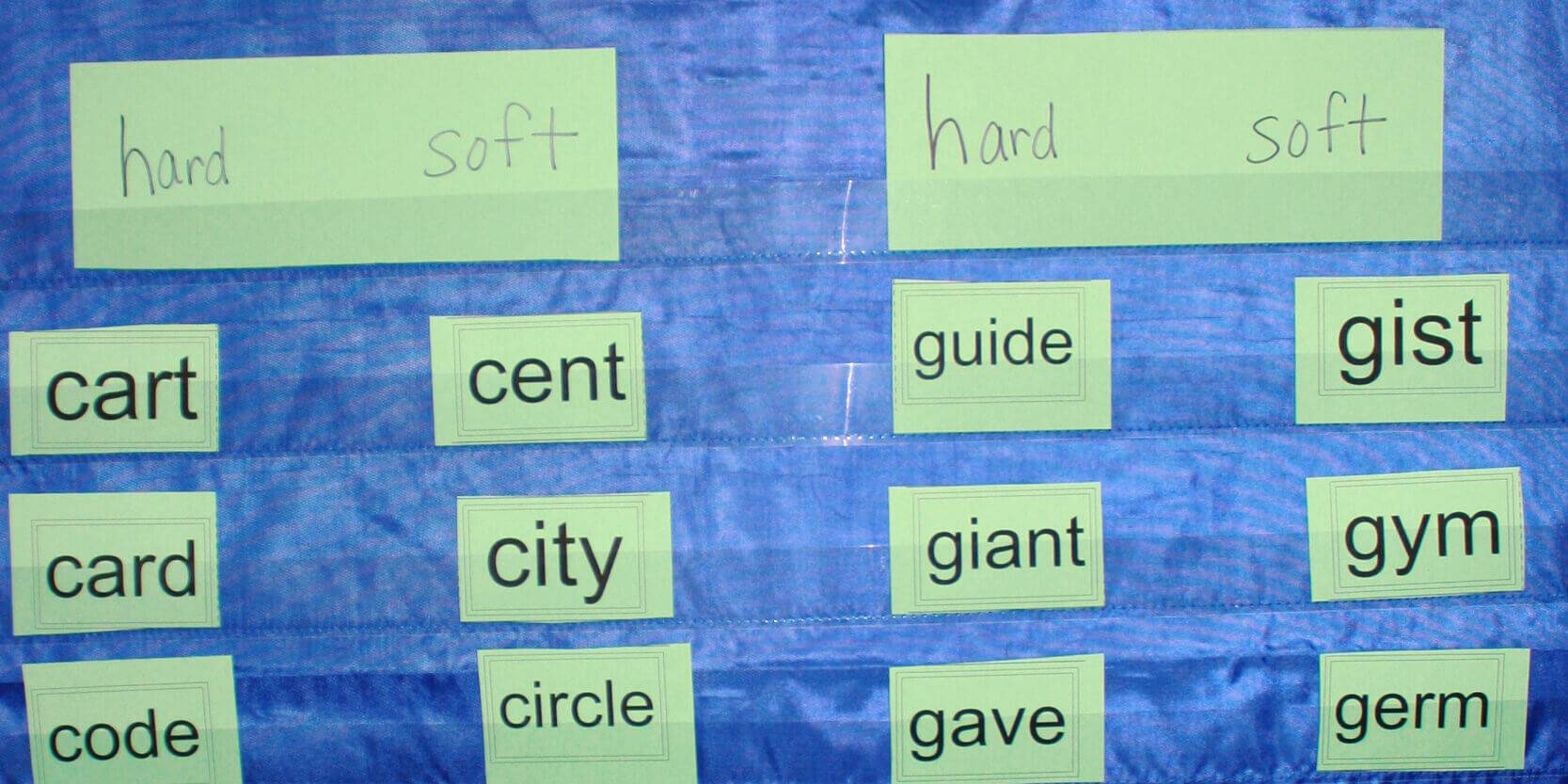Learning Center
reading
Increase word-study knowledge with sorts
august 13, 2018
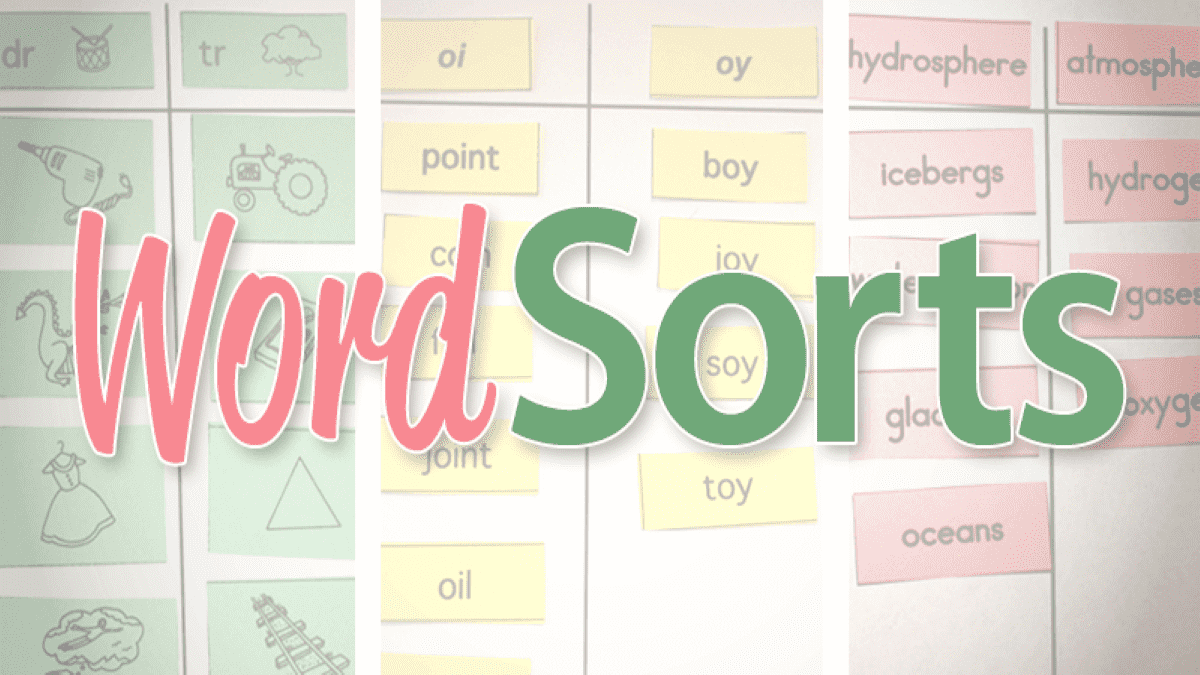
Word-work instruction focuses on phonics, spelling, and vocabulary. When students engage in partnered sorting activities, they learn to analyze the features of words, discuss their similarities and differences, and ultimately organize them into related categories.
Sound sorting
Sorting different words by sounds they make is a great way to increase awareness of phonics. However, for the earliest readers, sorting picture-based words allows students to focus solely on more sophisticated phonics sounds than they may be ready to read in letter form. To execute a sound sort, students:
- Place the category labels across the top of the two-column sorting template.
- Pick up a picture saying the name of the picture (i.e., block).
- Compare its beginning blend to each category (i.e., bl/block / br/broom… bl/block / bl/blind… bl/block / br/bread).
- Discuss with a peer which category matches the beginning blend.
- Place the picture in the corresponding column.
Sound sorts are most powerful for students in guided reading levels A-I. They can target the hearing of dominant consonants, blends, digraphs at the beginning or even the ending of words, short vowels, and even comparing short vowel to long vowel sounds.
For resources filled with pre-made sorts, check out the spelling resources by Words Their Way and Sheron Brown.
Pattern sorts
Pattern sorts allow students to look closely at words with specific spelling principles and learn the rules behind why one spelling pattern might be used over another. These activities are appropriate for students in guided reading level G and above.
To execute a patterned sort, students:
- Place the category label across the top of the columns.
Organize the words into columns based on their visual patterns. - Analyze each column of words.
- Infer the reason for the differences in patterns (e.g., If the /oy/ is the last sound in the root, it’s spelled “o-y.” If another consonant or consonant blend comes after it, then the spelling pattern is always “o-i.”)
- NOTE: Students can discover these patterns on their own or learn them first via whole-class and small-group instruction then review within independent practice.
Make this more challenging with a blind sort. After identifying the categories, a partner (or the teacher) reads aloud each word, concealing its visual pattern. The other student(s) listen to determine the spelling pattern of the word based on the learned spelling principle. Then he points to the correct column in which the word belongs. The reader places the word in the column to reveal whether it follows the visual pattern or not.
Consider adding one more step. After executing the above procedure, students then write the word in the corresponding column. This provides additional practice for that particular pattern and the rest of the sounds in the word, too. TIP: Slide the sorting templates into page protectors and give each student dry-erase markers to practice writing sorts. Students should erase immediately at the end of the activity for repeated use of the same page protector.
Concept sorts
Concept sorts are based on word meaning and therefore ideal for targeting content-area vocabulary words.
To execute a concept sort, students:
- Place the categories across the top of the columns.
- Look at the prefix of each word and review its meaning (e.g., bio=life, litho= stone, hydro= water, atmo=air, etc.).
- Read each of the vocabulary words and group the items under the category in which they belong.
This same vocabulary practice can be achieved by sorting pictures (e.g., geometric shapes, animal classifications, landforms, etc.), making it a great option for English-language learners. For additional concept-sort ideas, check out Sheron Brown’s resources for building vocabulary in the content areas.
The routines and procedures for sorting work best when gradually released to the students. First model the routines and give the class time to practice, providing immediate feedback. Once the students show understanding of the procedures, sorting becomes a powerful and independent activity for students to execute with a variety of phonics, spelling, and vocabulary word study all year long.

